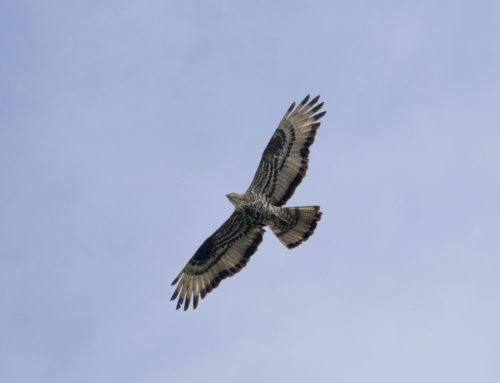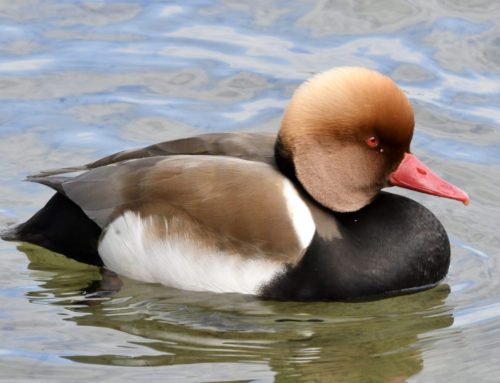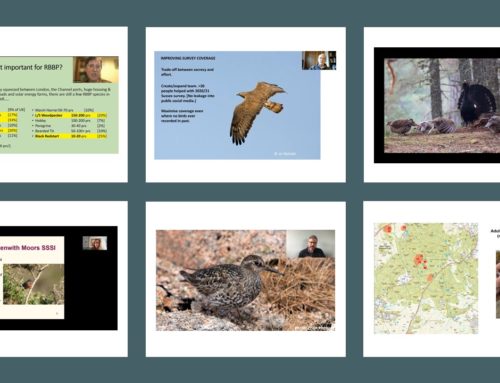Introducing RBBP Species Advisors

Hawfinch (Andy Hay; RSPB Images)
The RBBP collects data and reports on about 80 regularly breeding species that occur in numbers below our upper threshold of 2,000 pairs in the UK. Of these species, many are monitored very well, for example because they’re extremely rare breeders for which all known locations tend to be checked every year; because they are the recipients of focused conservation effort that includes regular monitoring; because they are conspicuous species found where birdwatchers tend to go; or because they’re the targets of extraordinary efforts by volunteer ornithologists. In the species’ banners in our annual reports, we give assessments of the level of coverage, with those monitored well being categorised as having ‘near-complete’ or ‘high’ coverage (these categorisations and their definitions can also be seen in the report’s summary table).
However, there are a considerable number of species for which coverage is assessed as ‘moderate’ or ‘low’. Of course, the RBBP continually seeks to improve upon the monitoring of these species, by providing advice and encouraging targeted coverage, alongside our ongoing efforts to improve the recording and reporting of rare breeding birds more generally. The reasons for relatively low coverage vary between species, but include:
- The breeding range lies largely in areas with low observer density, most obviously in north and west Scotland (e.g., Whimbrel, divers).
- They occupy habitats that are relatively unvisited by birdwatchers, such as moorland and montane habitats (e.g., Short-eared Owl, Dotterel).
- They are cryptic, hard to find species, or hard to record evidence of breeding for (e.g., Long-eared Owl, Hobby).
- Or, whilst a rare breeder, they occur at relatively high density in core areas, exceeding the capacity of local observers to monitor them (e.g., Willow Tit, Cirl Bunting).
Despite these barriers to successful monitoring, there are examples of dedicated effort helping to improve our knowledge on the status of such ‘hard to reach’ species. This is often due to the efforts of volunteer ornithologists dedicated to species’ studies, and the sharing of knowledge and experience to develop networks of such experts. Raptor study groups are an example of this in action.

Red-breasted Merganser (Ian Francis)

Little Ringed Plover (Marc Albiac)

Redwing (Adam Ritchie)
Red-breasted Merganser, Little Ringed Plover and Redwing; all species for which targeted effort could help improve monitoring by the RBBP.
The RBBP would like to encourage more network-building to boost interest in poorly covered rare breeding birds (and thus feeding into improved reporting). To do this, we are seeking reliable individuals with widely acknowledged expertise in species for which the coverage achieved by the RBBP is regarded as in need of improvement, to work with the Panel. Suitable individuals with a commitment to helping the Panel’s work in this way would be appointed as a ‘RBBP Species Advisor’ for a named species, in order to work with the Panel to provide advice and expertise, foster networks and information exchange, and encourage the submission of records.
As this is a new concept, we plan to develop this approach working with a small number of individuals in the first instance, before hopefully expanding it to a larger range of species and Advisors. We are delighted to announce the new Species Advisors helping us with this pilot are Rob Clements, for Hobby, Ken Smith, for Lesser Spotted Woodpecker, and Marcus Ward, for Hawfinch.

Rob Clements (captured by one of Marcus Ward’s camera traps!)

Ken Smith

Marcus Ward
Rob (richard.clements3@virgin.net) has worked on a wide range of species in his home counties of Kent, and now Hampshire, with a keen interest in atlasing and assessing population sizes. Amongst many other things, he was one of the principal instigators and organisers of the 2020–21 national Honey-buzzard survey, and has previously demonstrated that Hobbies may be present at much higher densities than might be supposed.
Many of you will already be aware of the activities of Ken (ken.smith.lsw@gmail.com) and his wife Linda in developing the Woodpecker Network, basically already acting as a Species Advisor team, encouraging interest in the declining Lesser Spotted Woodpecker in particular. Prior to ‘retirement’ Ken had a distinguished career in research at the RSPB, and was a member of the RBBP for many years, including serving 15 years as Chair.
Marcus (marcus@wildnewforest.co.uk) is heavily involved in surveying, research and education on the biodiversity of the New Forest, through long-running studies and more recently his directorship of the not-for-profit Wild New Forest. After documenting the increase of Firecrests across the Forest, Marcus has developed a particular interest in Hawfinches, with recent work tracking the movements of birds with GPS and radio tags.
We are conscious that these three species have a predominantly southern distribution within the UK, so will be looking to expand our pilot to include another species with a more northerly range.
Dr Mark Eaton, RBBP Secretary






